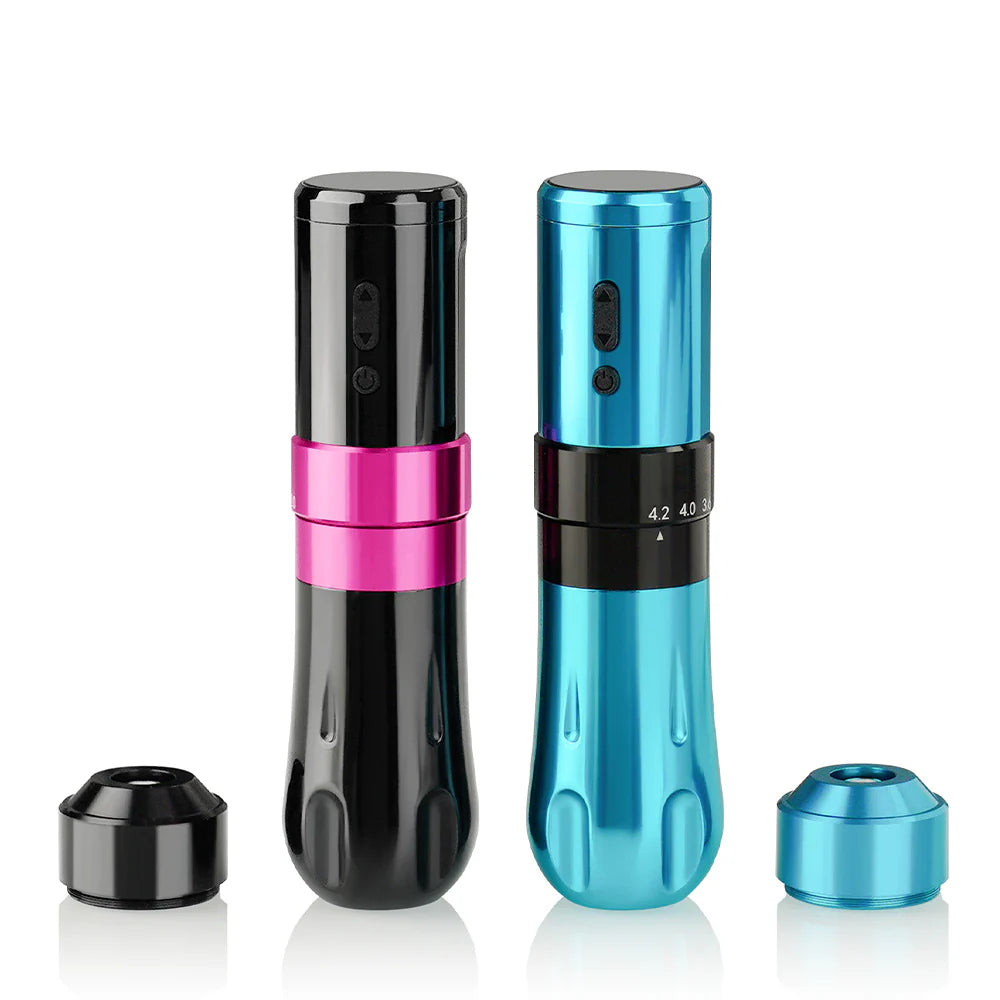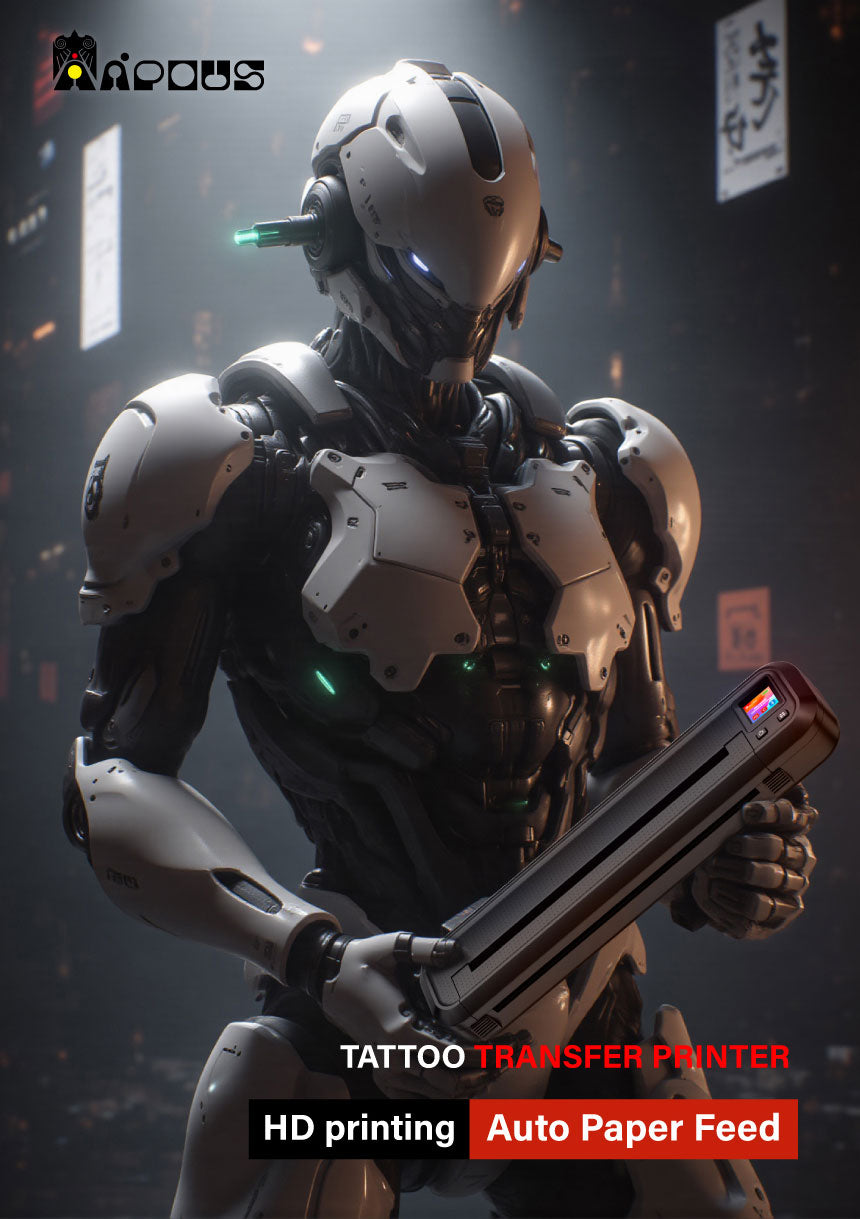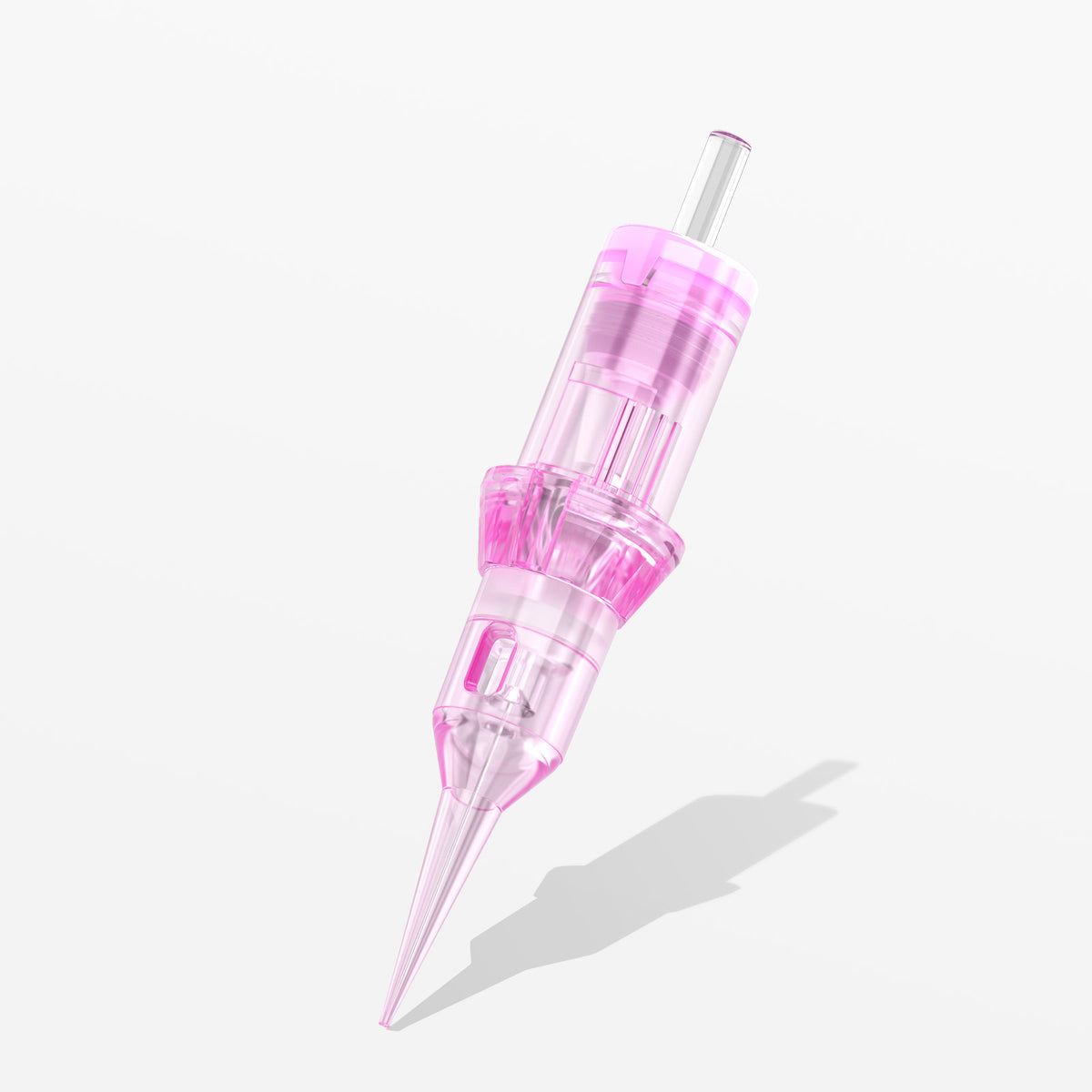The $500 "professional-grade" tattoo machine you bought might cost you more than money—it’s quietly damaging your reputation. Industry research reveals 230,000 tattoos develop blurring or line breakage flaws annually due to equipment mismatch, yet 72% of artists blame technical errors, ignoring this silent killer: incompatible equipment systems. Even the priciest gear becomes a decorative liability when its parameters clash with your technique.
The debate between rotary and coil machines rages on, but devices touting "universal compatibility" often hide pitfalls:
• Coil Machine Shortcomings: Its 6-8mm long stroke excels in Western realistic tattoos but increases blurring risk by 300% for Asian traditional mist techniques compared to specialized mist machines.
• Rotary Precision Paradox: 2-3mm short strokes suit delicate lines but cause color block disruption in large-scale shading due to unstable frequency.

Incorrect voltage settings drain your needle’s responsiveness:
• Below 5V, needle rebound delays by 0.3 seconds, causing line misalignment.
• Above 10V, chaotic vibration leads to pigment mixing errors in color tattoos.
Obsession with ultra-lightweight grips is spawning industry-wide carpal tunnel syndrome:
• Grips under 150g increase hand fatigue by 67% after 2 hours compared to 200g standard models.
• Unbalanced weight shifts needle angle by 15°+, derailing line control.
Build a personalized adjustment archive for seamless style transitions:
| Tattoo Style |
Stroke Length |
Voltage Settings |
Needle Configuration |
| Japanese Old School |
5-6mm |
7-8V |
9RL Curved Needle |
| Western Realism |
3-4mm |
6-7V |
5RS Round Needle |
| Watercolor Style |
2-3mm |
5-6V |
12M1 Spread Needle |
When your machine becomes a natural extension of your hand, magic happens: clients will film your process, as every smooth line broadcasts professionalism. Start by answering three critical questions:
- Do your machine’s parameters match your top three specialties?
- Is your equipment weight too light or too heavy?
- Do your wrists feel strained during sessions?
Q1: Can one machine handle both lining and shading?A: Only systems with adjustable stroke technology (e.g.,
Thunderlord Power U7) achieve this, switching modes in
2 seconds with
0.5mm precision adjustments.
Q2: What defines ideal equipment for scar cover-ups?
A: Three core specs: ① 8V+ stable voltage ② Interleaved needle arrays (12-group recommended) ③ 250g±10g balanced weight for consistent deep-layer pigmentation.









0 comentarios